// Project Abstract
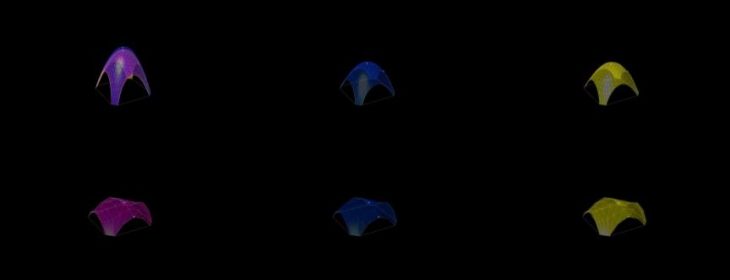 A model is as good as the data you train with.
A model is as good as the data you train with.
This case study aims to compare workflows and results amongst different Regression Models, while simultaneously building an understanding of translating 3D geometry into data for training ML models.
Calculating Geometry Deformation through Kangaroo Physics, has been an extremely useful resource for form finding. Through this case study we attempt to translate Kangaroo Solvers in the form of a Machine Learning model that Predict Mesh deformations to form a Vaulted Catenary Geometry, with the hope of setting up a workflow that would allow us to compute complex solvers in the future.
// Attempt 0001
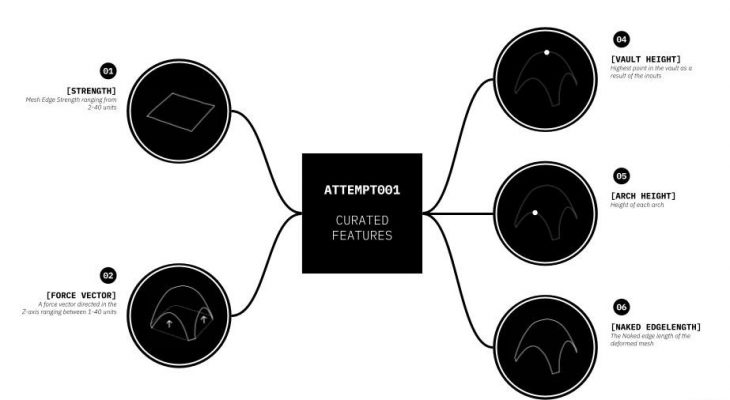
INPUT: Strength & Force Vector OUTPUT: Vault height, Arch Height & Naked Edge length
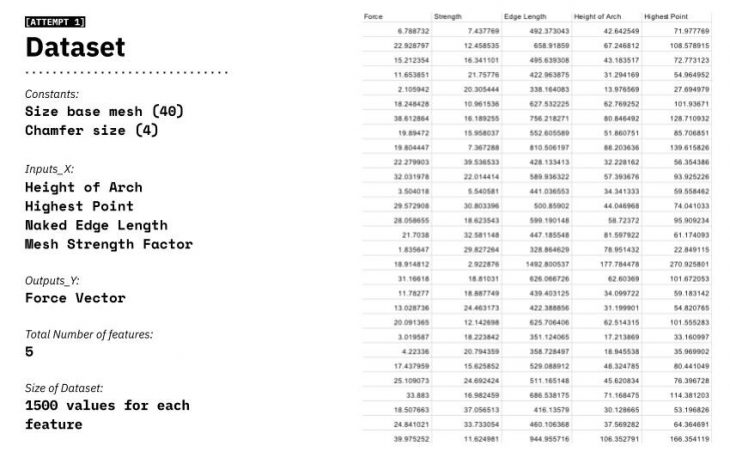
Using the initial dataset of 1500
Attempt 0001 // SLRegression + XGBoost
Our Input data is formatted in the following way A=[Strength, Naked Edge Length, Height of Arch, Highest Point], we use this to predict visual results between the original and the XGBoost Model. Although the numeric Values differ slightly, visually the difference is miniscule.
Following are the 3 Input Values for the example provided below.
A1= [7.437769, 492.373043, 42.642549, 71.977769]
A2= [12.458535, 658.91859, 67.246812, 108.578915]
A3= [16.341101, 495.639308, 43.183517, 72.773123]
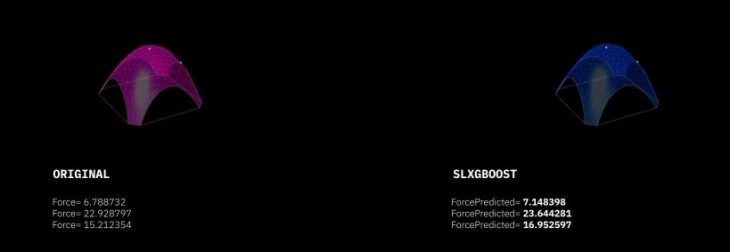
Original Forces (left) & Predicted Forces (right)
The Scikit Learn Shallow learning technique provides an arched linear curve, whereas the XGboost training is a straighter line concentrated Linearly. We notice a drastic difference between the accuracy even though the model trains on the same dataset
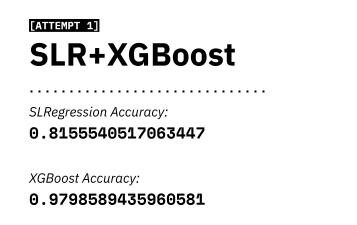
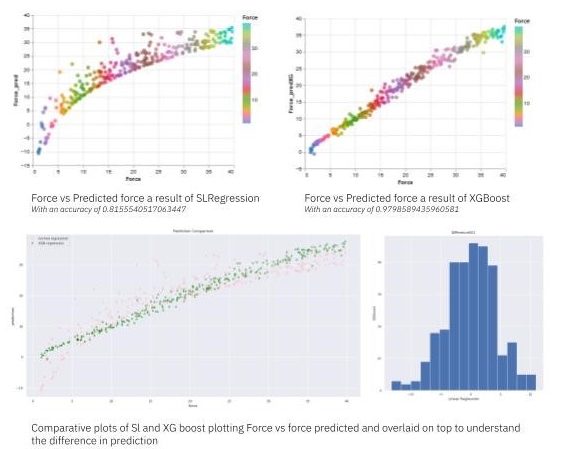
Attempt 0001 // ANN Regression
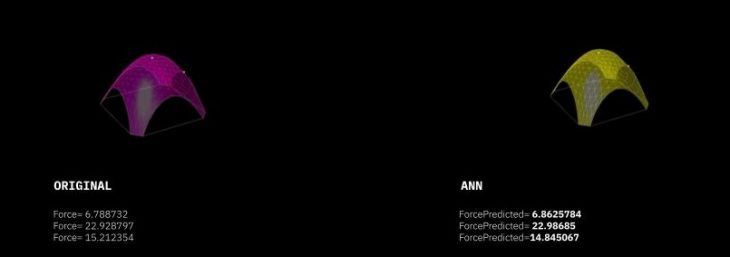
Original Forces (left) & ANN Predicted Forces (right)
We notice in the pair plot features such as the heights and the edge length being correlated, due to the size of the base mesh being the same.
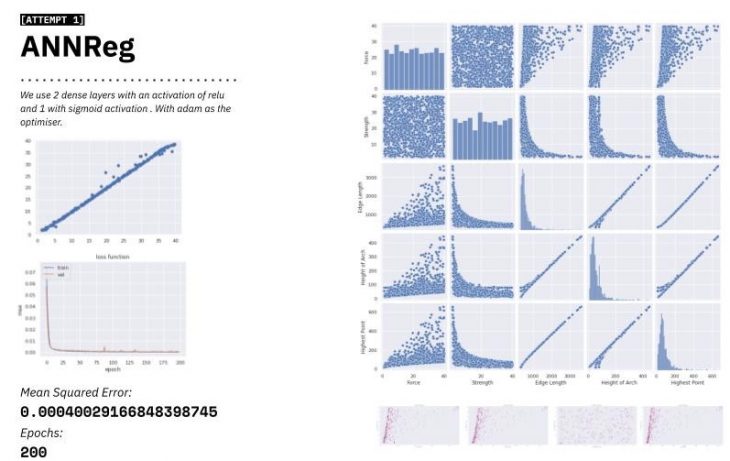
// Attempt 0002
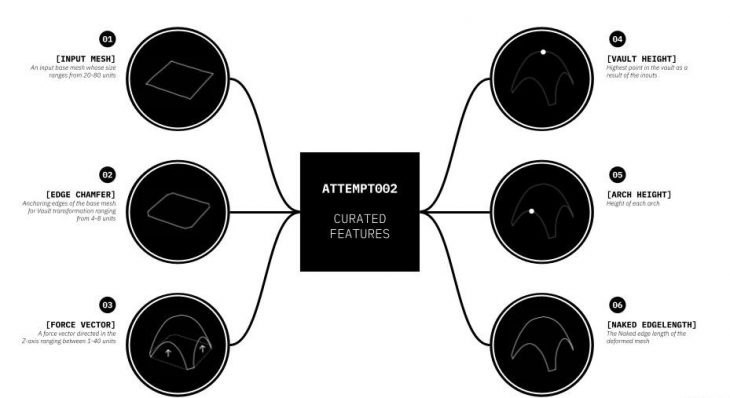
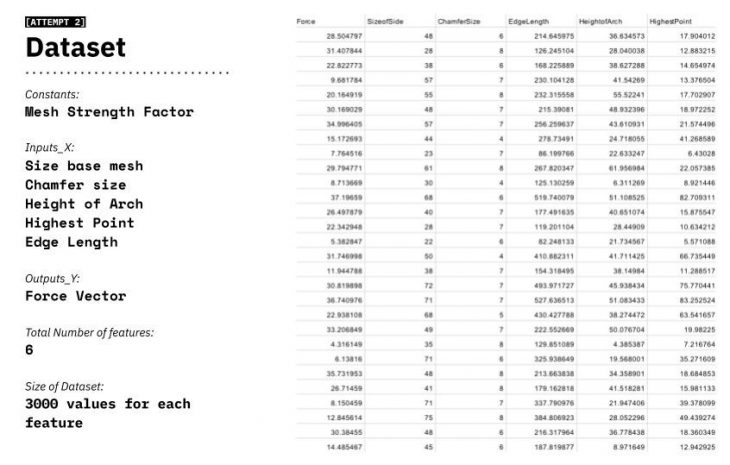
Attempt 0002 // SLRegression + XGBoost
We notice the scattering of our results with the addition of distinct and more variating features. What is astonishing is the difference between both the results.
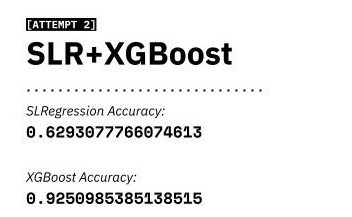
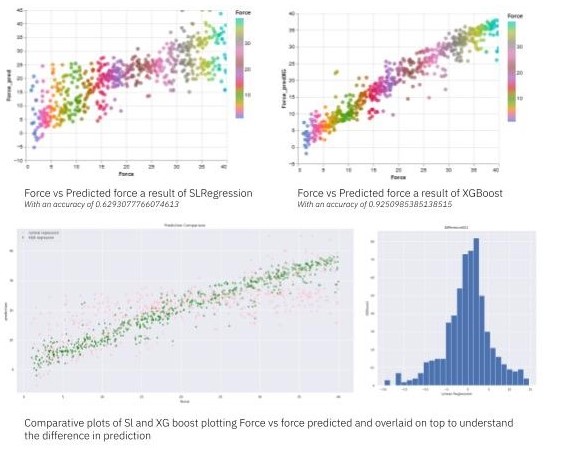
Attempt 0002 // ANN Regression
4 sizes for the chafer can be distinctly noticed segregated in the model, this time the height of the arch, Highest Point and Edge Length have varied by varying the size of the shape and chamfered edges.
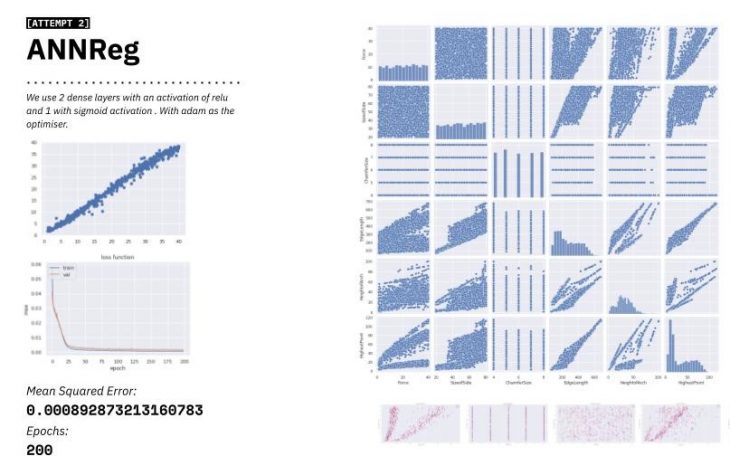
// Conclusion
Can kangaroo can completely be translated into a .h5 file?
Powerful tools like grasshopper plugins can be condensed into pockets of components for specific use cases.
This case study attempts to prove the potential of how form finding through physics can be made more accessible on mobile devices that do not require heavy computing.
The workflow and process puts in the forefront the symbiotic relationship between GEOMETRY (which is a big part of our profession) and DATA (which has been a big part of advancement in technology)
‘Translating Kangaroo Physics’ is a project of IAAC, Institute for Advanced Architecture of Catalonia developed in the Masters of Advanced Computation for Architecture & Design 2020/21 by Students: Marissa Ridzuan & Varun Mehta and Faculty: Gabriella Rossi & Iliana Papadopoulou